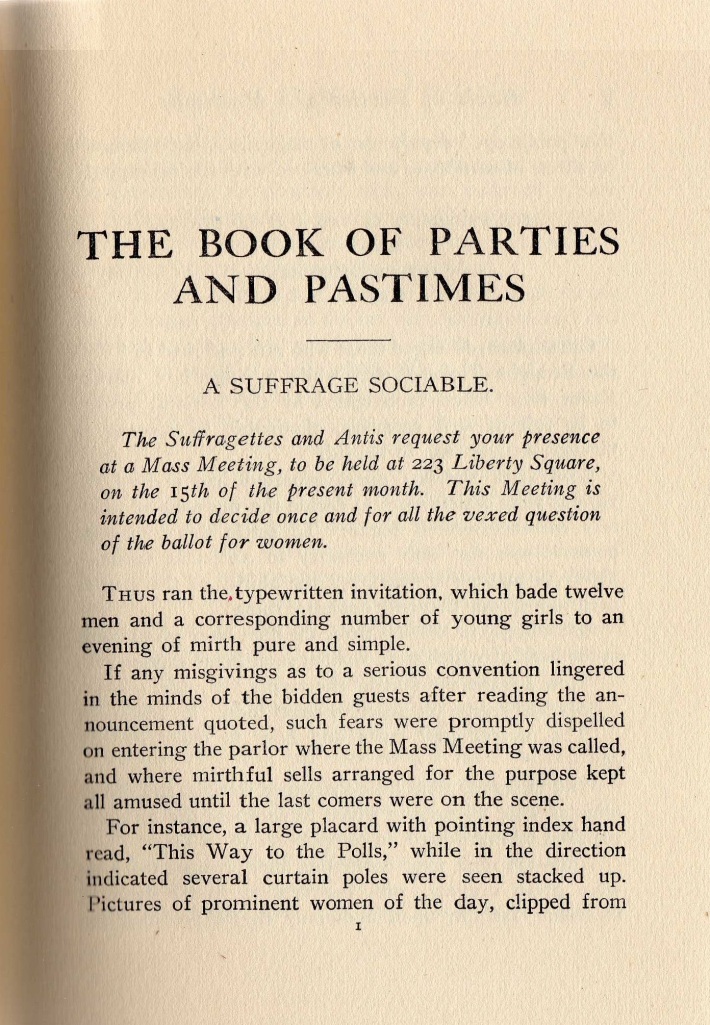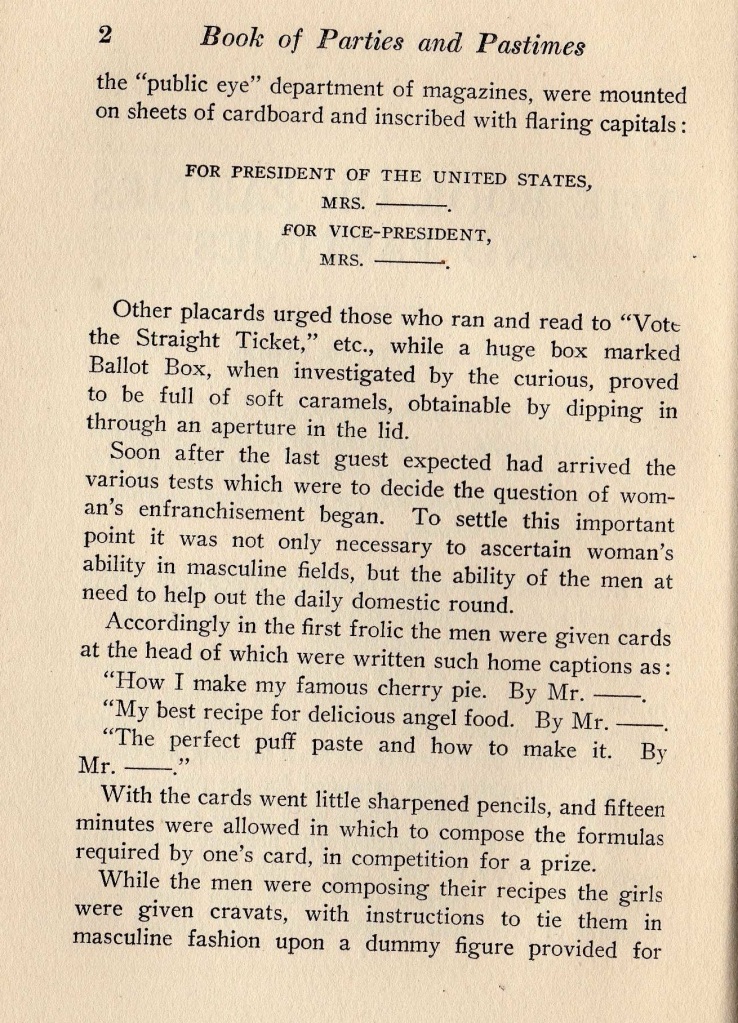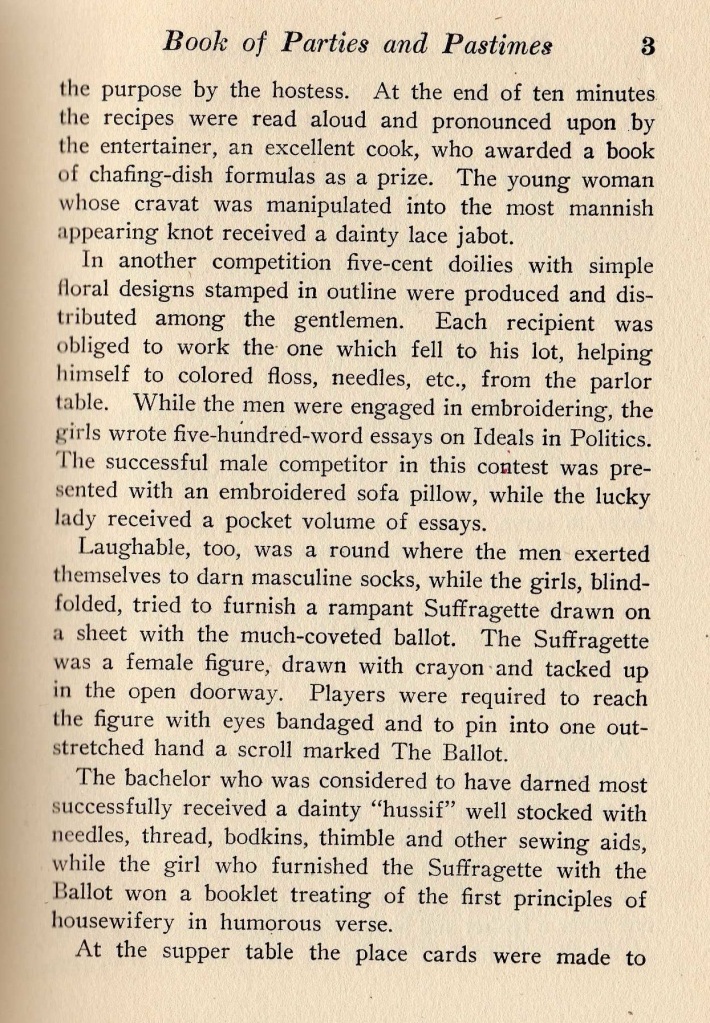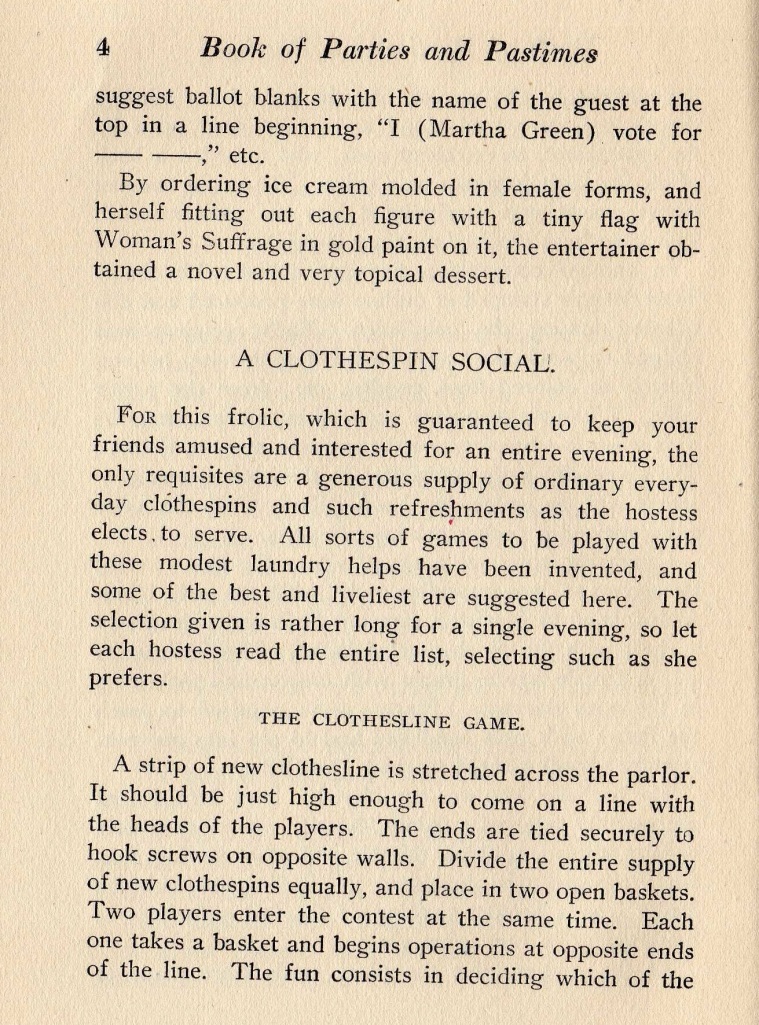Before I am accused of false advertising, permit me to clarify that this post is not about a visit to the Clements by the estimable Mr. David Bowie. Rather, it concerns a visit with a small handful of students, the other week, and a few books, with which I had occasion to better my acquaintance.
On Tuesday, I heard that three or four students would be coming in on Thursday for a bit of an orientation. The course which occasioned this is fondly known as American Studies Bootcamp, and the idea of such a visit is that the students get an introduction to the Clements as a repository of primary source material, and to consulting a curator, and to mining information out of the possibly surprising places. Cookbooks, for instance.
Curator, I said. Eeep, that’s me, I said.
Their professor asked that they get a chance to work with the kind of materials found in our web exhibit The Old Girl Network: Charity Cookbooks and the Empowerment of Women. (Accompanying talk here)
The idea, in a nutshell, is that women, as volunteers for charities and other causes, built up experience in conducting enterprises and political campaigns, and so learned ways to act in, and on, the wider world. They did this, in many cases, while still sticking to the safety of socially approved “Women’s Concerns,” and while engaging in uncontroversial projects like publishing cookbooks. Also, as in the suffrage and temperance cookbooks, one sees elements of the female sphere, as then constructed, showing reflections of political activity
After a couple of entirely enjoyable hours reviewing the possibilities, I settled on a number of Suffrage and WCTU cookbooks to show them, as well as a manual, about which more in a moment. I sat them down with the books and presented this challenge:
“What information can you find in these, about the lives of the women they belonged to…besides what recipes they had available to them?”
They had, as it turned out, worksheets to complete: I didn’t get a good look at them, but the assignment was to find the stories that could be told, so my question for them (fortunately!) fell right into line. They were a diligent bunch, and had questions to ask about the materials in their hands.
It was a blast
The best question, I think, on the face of it was about one thing, but actually contained a critique of the whole project of a book. The student was examining The expert waitress: a manual for the pantry, kitchen, and dining-room by Anne Frances Springsteed, from 1898. The work is dedicated to the young ladies of the Columbia Club, with the affection of the author. It’s a book of advice for women in service in private homes, treating not only of the tricks and requirements of the trade, but also of deportment, and one’s attitude about one’s work.
The student’s question was where we had gotten the work – had it come from a publisher? For someone’s home? Easily enough answered if that was the real question…which it wasn’t. The real question was…who had read this? Did anyone, in 1898 or any other time, read books like this?
It’s a good question. Some portion of the interest of the work, as an historical artifact, is that it opens up more questions than it answers. The author’s stated intent is that it be of use to such young ladies of the Columbia Club, and their peers, who may happen to find employment in domestic service. It does not, however, seem to be written from experience doing such work. Did the author draw on her experience as an employer? Was part of the projected readership employers who would wish to know how to instruct their servants? The author’s voice is encouraging, not to say exhortatory, and from numerous little asides about making oneself valuable, the general burden seems to be “this is how to thrive in your position, this is how to get ahead, this is how to succeed.” Near the end of the book, in “Miscellaneous Instructions” we find talk of the dignity of a profession:
A waitress with good health, a fair amount of brains, and a determination to be a better waitress than any woman was before, has a great field before her. But if she aspires to raise waiting to the dignity of a profession, she must study; she must educate her eye to know the difference between a line that is exactly straight and one that is slightly askew; she must train her memory until the daily routine is perfectly easy and she can give thought to decoration and invention; she must educate her hands until they are to be trusted with the care of the frailest glass and china, and educate her sense of smell and of taste until she can suit each salad dressing to the dinner of which it forms a part, making it rich or piquant, as the other dishes demand.
Emphasis mine.
And at the end there is section called “A Servant’s Contract” which is equally full of advice, some of which has, to the modern ear, a certain ring of condescension.
If published today, it would probably be a “For Dummies” book, and what are historians going to make of those in a hundred years?
A revised edition, from 1911, may be inspected here
Two remarkable things, in the Suffrage vein, were a party plan, and a satire phrased in recipe form.
The satire is found in the book which gave the students the richest vein to mine: The suffrage cook book compiled by Mrs. L.O. Kleber, published in 1915. Besides recipes from assorted Suffrage notables, and miscellaneous celebrities, there are letters of support from various elected officials, whether heartfelt or opportunistic. And there is this charming recipe
Anti’s Favorite Hash
(Unless you wear dark glasses you cannot make a success of Anti’s Favorite Hash.)
1 Ib. truth thoroughly mangled
1 generous handful of injustice.
(Sprinkle over everything in the pan)
1 tumbler acetic acid (well shaken)
A little vitriol will add a delightful tang and a string of nonsense should be dropped in at the last as if by accident.
Stir all together with a sharp knife because some of the tid bits will be tough propositions.
The work itself, in a choice of formats (text, pdf, or djvu) can be read here
And, finally for a glimpse at Suffrage in the vernacular imagination of the day, we have suggestions for “A Suffrage Sociable.” Now, Suffrage Sociables seem to have been a known phenomenon, social events promoting solidarity, fund-raising, and what we would now call consciousness-raising. A spoof on the institution occurs in The book of parties and pastimes by Mary Dawson and Emma Paddock Telford, published in 1912.
The party plan is reproduced here in its entirety, gay careless peppy tone, gender-role switching, and all



